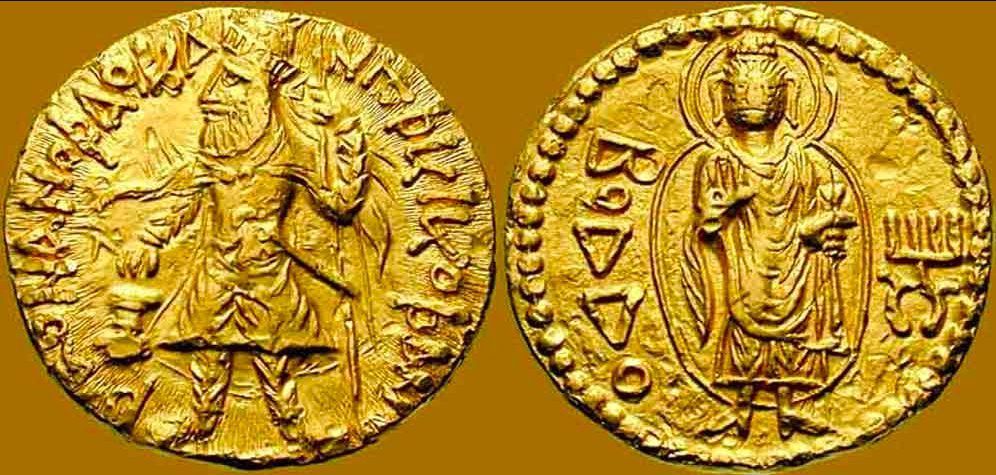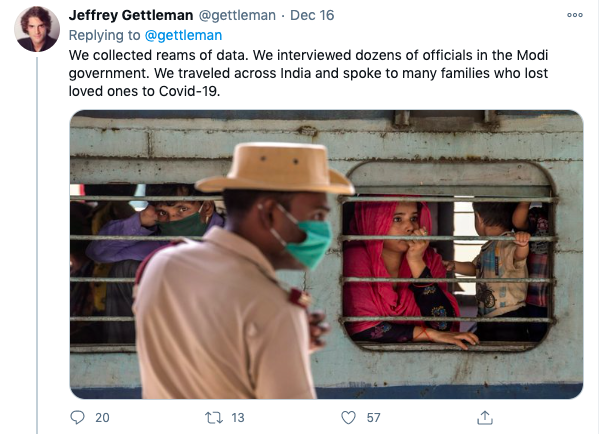
The Indo-Greeks were on decline & the grounds were fertile for yet another invasion of #India. This time it was the Yuezhi tribe of Gansu from #China. They established the #KushanEmpire.
This #thread is about Kushans & how they became Indianised, unlike later Islam!c invaders.
This #thread is about Kushans & how they became Indianised, unlike later Islam!c invaders.

The Kushans started to establish themselves as a major power around 30 CE with Kujula Kadphises forming a confederacy of various tribes from China.
They adopted Greek as their court language, which was soon replaced by Bactrian, the popular local language.
They adopted Greek as their court language, which was soon replaced by Bactrian, the popular local language.

They also adopted #Buddhism & #Hinduism as their religion. They issued coins with Hindu Gods like Shiva with a trishul & Buddha in Abhaya mudra.
This was unlike the later Islam!c invasions where the invaders would try to obliterate local languages and religions.
This was unlike the later Islam!c invasions where the invaders would try to obliterate local languages and religions.

The Kushans were heavily influenced by the prevalent Greek culture, especially in sculpture. The Kushans expanded their territories & ruled with two capitals, one in Gandhara & one in Mathura. This also established the Gandhara & Mathura School of Kushan arts. 

Kushans also introduced the first human form of Buddha who was previously depicted with symbols like a throne, a wheel or a peepal leaf.
They patronised trade & sent Buddhist monks to #Tibet, #China, #Korea & #Japan. Lokaksema went to China & translated Buddhist texts in Chinese
They patronised trade & sent Buddhist monks to #Tibet, #China, #Korea & #Japan. Lokaksema went to China & translated Buddhist texts in Chinese

During the Kushan times the #Karakoram pass became the highway for export of Indian goods & Buddhism to rest of the world.
All modern depictions of Buddha are based on the early imagery introduced by the Kushans.
All modern depictions of Buddha are based on the early imagery introduced by the Kushans.

The Central Asian conquest of Kushans led to large scale infrastructure development including canals, which introduced settled farming in the region around #Uzbekistan, #Turkmenistan, #Tajikistan, #Kyrgyzstan & #Kazakhstan
The Kushans also established trade contacts with Rome.
The Kushans also established trade contacts with Rome.

India has always suffered the wrath of foreign invasions but Kushans were an exception. Unlike the Greek or Islam!c invaders the Kushans did not impose their culture, religion or language on the Indians.
In fact they assimilated with the locals & became Indianised.
In fact they assimilated with the locals & became Indianised.
More interesting facts on the Syncretic empire of Kushans can be read in my book, Essays on Indic History. Available on Amazon: tinyurl.com/y5romtne
• • •
Missing some Tweet in this thread? You can try to
force a refresh








